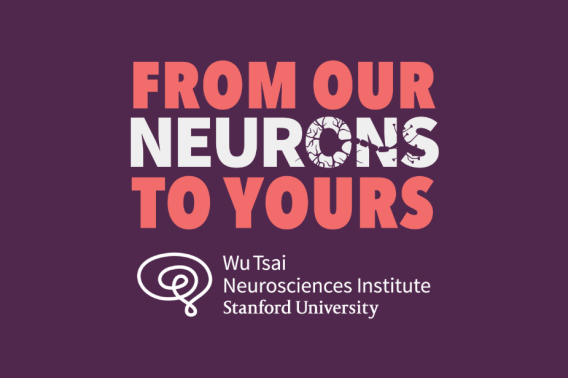Project Summary
Abstract
Recurrent dizziness attacks are a debilitating condition for 10% of the population during their lifetime. It is more than inconvenient as it can lead to a complete inability to function, multiple hospital admissions, medical appointments and investigations chasing the many potential diagnoses. Misdiagnosis in dizziness is estimated to cost the US healthcare system at least $10 billion per year. If the correct diagnosis is made early, there are many proven therapies to abort attacks and reduce their recurrence. If diagnosis is made late, in addition to years and thousands of dollars wasted chasing the correct diagnosis, habituation occurs rendering normal treatments ineffective. There is an unmet medical need for a way to diagnose recurrent dizziness attacks that allow patients to be identified for correct treatments and improve their function, quality of life and reduce the massive burden on the health care system. Because of the vestibular ocular reflex connections, many neurological and vestibular conditions manifest in specific eye movements at the time of the attack. Usually by the time of seeking medical attention, the patient is unable to specify their symptoms due to their severe nausea and vomiting and the tell-tale eye movements are gone. We propose the first, out of office, method to record eye movements during a dizziness attack that will correctly identify the cause of the dizziness attack. Through the Neuroscience Translate Award we aim to complete the first in human clinical study or our dizziness event monitor.Project Details
Funding Type:
Neuroscience:Translate Award
Award Year:
2020
Lead Researcher(s):
